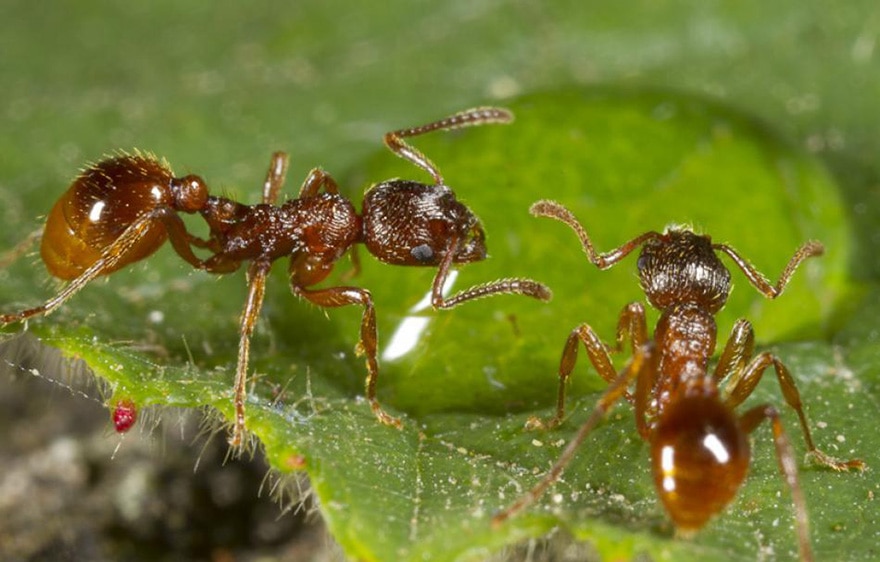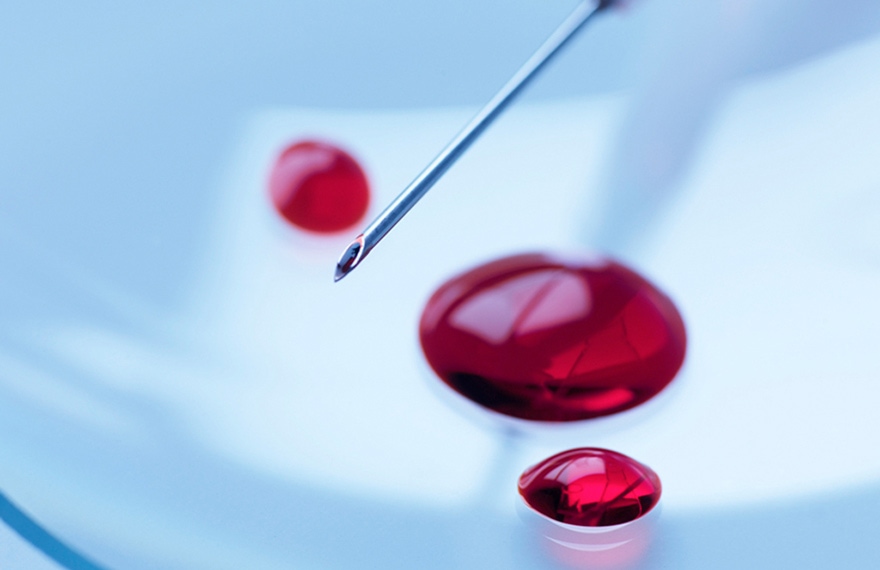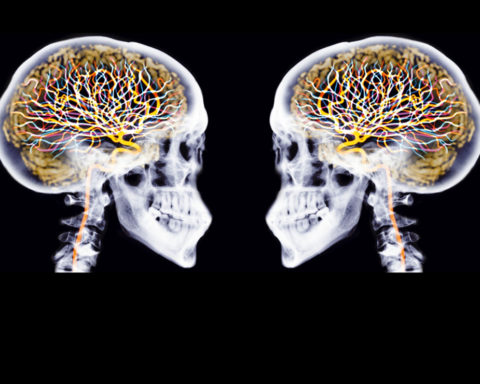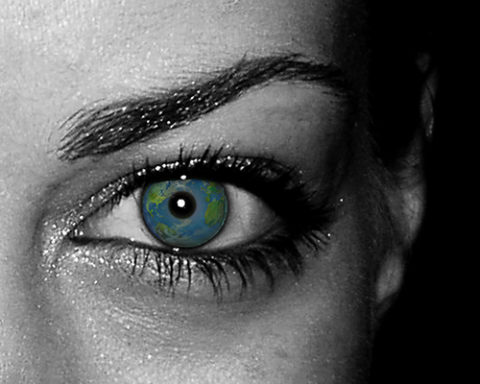In a statement issued on 5 February, the WHO (World Health Organization) warned: " Antimicrobial resistance is a serious problem around the world... some of the most common, and potentially most dangerous, infections are proving to be resistant to drugs. Most worryingly, pathogens also cross borders. "General mobilization is thus sounded in the face of a public health crisis that affects the entire globe. Researchers have been trying to find solutions, so far to no avail. What if the solution was on the ground, at our feet? In ants. A study has just been published that highlights the hidden resources of these little creatures that could provide us with a vital service.
L’he World Health Organization launched the Global Antimicrobial Resistance Surveillance System (GLASS) in October 2015. To date, 52 countries have joined the platform and have been encouraged to progressively implement surveillance standards and indicators, according to their national priorities and available resources. The first data have just been released. They show high levels of resistance to several serious bacterial infections in both high- and low-income countries.
The most commonly reported resistant bacteria are Escherichia coli, Klebsiella pneumoniae, Staphylococcus aureus and Streptococcus pneumoniaefollowed by Salmonella spp. Among subjects with suspected bloodstream infections, the proportion of those with bacteria resistant to at least one of the most common antibiotics varies greatly from country to country, ranging from 0% to 82%. Resistance rates to penicillin, a drug that has been used for decades to treat pneumonia around the world, range from 0% to 51% in reporting countries. In addition, between 8% and 65% of the E. coli associated with urinary tract infections are resistant to ciprofloxacin, a commonly used antibiotic for urinary tract infections.
The antibiotic crisis is a global one. At the rate it is progressing, the WHO predicts a return to the 1940s, when bacterial infections were the leading cause of death, by 2050. The reasons for this are well known. For decades, we have been overusing antibiotics for both human and animal health. Drugs that were once powerful and saved millions of lives are now useless against some strains of serious bacterial infections.
In labs around the world, scientists are therefore looking for new ways to avoid a worst-case scenario that could kill ten million people a year.
The example comes from the ants
Among the reflections carried out in this fight, one is to study how other species have developed ways of defending themselves.
A new study has just been published this Wednesday, February 7 in the scientific journal Royal Society Open Science . The authors, researchers at the University of Arizona, point out how most ants, even small colonies, produce antimicrobial chemicals in their body secretions. The research also suggests that ants that do not produce these substances probably have other methods of controlling bacteria that could be studied. The answer to antibiotic resistance may simply be right under our feet.
We have all learned this in school, just like humans, the more than 12,000 species of ants listed in the world are very social. This behaviour increases the likelihood that individuals will come into contact with germs. Similar to our cities, ant colonies take communal living to a new level, with up to tens of millions of individuals living together in the same nest. The survival of the colony depends on the worker ants foraging for food in the environment. The workers return to their densely populated nests, laden with food, but also with harmful microbes. Returning workers then share their food and germs by mouth-to-mouth - essentially by vomiting into each other's mouths. It's not very palatable, but that's how ants work... and how harmful bacteria can pass from ant to ant.
But that's not the only risk. The warm and humid conditions of ant nests make them ideal nurseries for pathogenic microbes. Finally, the members of almost all the ants in a colony are related, so if one ant is susceptible to one germ, it is likely that many others will be as well.
Ants therefore have a very risky life and can, in theory, be contaminated by all kinds of bacteria. But despite the threat of disease that has always been hanging over the heads of these charming creatures, ants are incredibly efficient creatures. They dominate certain environments and have diversified into thousands of species over 150 million years of evolution. This suggests that ants have found ways to cope with the high threat of disease. So what can we learn from them?
How ants treat the disease
Scientists have discovered that ants use a number of tricks to limit the disease. Like humans, ants are exceptional cleaners. Many species have effective waste disposal systems, which ensures that diseased waste (including dead ants) is removed from the nest or confined to special chambers. They also regularly clean each other and groom themselves. They also know how to group together to disinfect contaminated ants.
Ants are therefore the queens of hygiene, but it can happen that disease-causing microbes can get through. Ants have therefore developed ways to solve the problem using their own medicine. For example, some ants, when infected, eat toxins such as hydrogen peroxide to fight diseases. Others collect coniferous resin, which they incorporate into their nests as a preventive measure. Some species of ants are even able to produce formic acid, which combines with the resin to form a powerful antimicrobial agent.
We also know that ants also produce their own antimicrobials in body secretions. Today, researchers are trying to determine what influences the manufacture of these chemicals. In the study, researchers at Arizona State University studied the antimicrobial activity of 20 species of ants living in nests of 80 to 220,000 people in the United States.
Scientists had imagined that the species living in the larger nests would produce more effective antimicrobials because of the increased risk of contact with the disease. Testing external secretions against Staphylococcus epidermidisa common bacterium that does not cause disease, has shown that 60% of ant species produce secretions with antimicrobial properties. But surprisingly, 40 % of the ants studied did not produce this antimicrobial that could rid them of the bacteria.
In addition, species from large colonies were no more likely to have antimicrobial activity than those from small colonies. This surprised the researchers because it is generally thought that the disease is more likely to spread in large colonies. The authors suggest that 40 % ants without antimicrobial activity have other methods to control the spread of bacteria.
This result helps to construct the idea that ants may well be a good source of new antibiotics. Not only do ants produce their own antimicrobial agents, but they may also encourage the growth of other beneficial microbes. For example, researchers recently discovered a bacterium living among a species of ants that produces compounds that can kill harmful bacteria resistant to conventional antibiotics, including the dreaded MRSA superbacterium (Staphylococcus aureus methicillin-resistant).
For example, millions of years of living in a high-risk environment have made ants a potential source of vital antimicrobials. Researchers need to understand why these social insects control long-standing pathogens without creating resistance when antibiotics in medicine tend to lose their effectiveness. The secrets of the substances produced by ants have yet to be transformed into effective drugs and then tested in humans. But the more we learn about the strategies that ants use to fight disease, the more likely we are to discover new ways of dealing with the threat of resistant bacteria and diseases.

Source: Newspress, TheConversation-Canada












